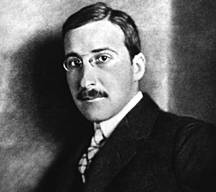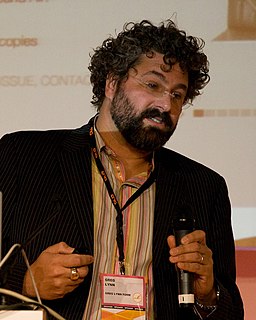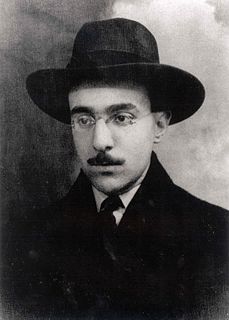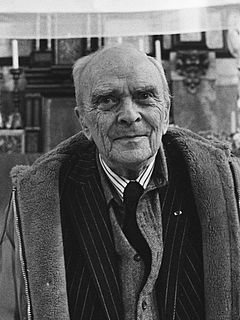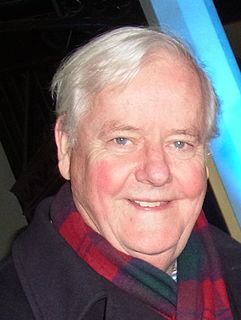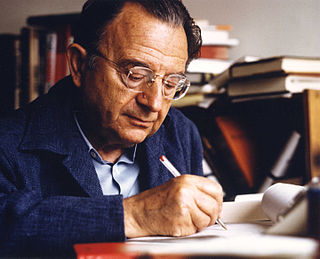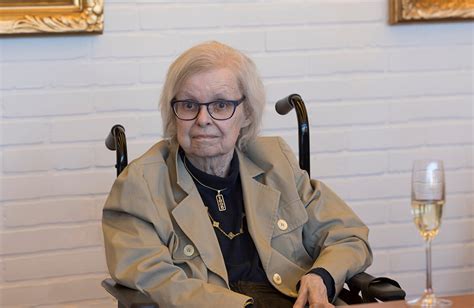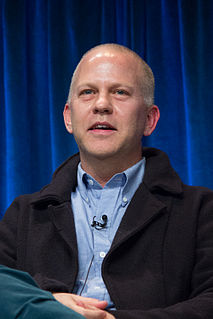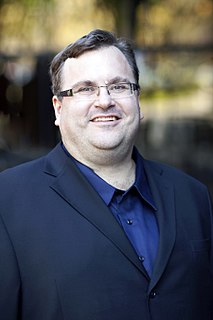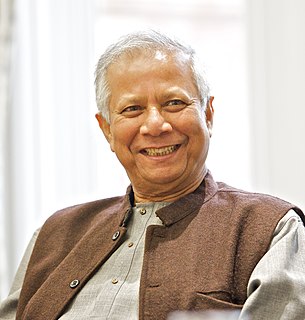A Quote by E. L. Doctorow
Images break with a small ping, their destruction is as wonderful as their being, they are essentially instruments of torture exploding through the individual's calloused capacity to feel undifferentiated emotions full of longing and dissatisfaction and monumentality.
Related Quotes
For paradise we long. For perfection we were made...This longing is the source of the hunger and dissatisfaction that mark our lives...This longing makes our loves and friendships possible, and so very unsatisfactory. The hunger is for...nothing less than perfect communion with the...one in whom all the fragments of our scattered existence come together...we must not stifle this longing. It is a holy dissatisfaction. Such dissatisfaction is not a sickness to be healed, but the seed of a promise to be fulfilled...The only death to fear is the death of settling for something less.
In my youth and comparative inexperience I had always regarded the yearning and pangs of love as the worst torture that could afflict the human heart. At this moment, however, I began to realize that there was another and perhaps grimmer torture than that of longing and desiring: that of being loved against one's will and of being unable to defend oneself against the urgency of another's passion; of seeing another human being seared by the flame of her desire and of having to look impotently, lacking the power, the capacity, the strength to pluck her from the flames.
To go back to architecture, what's organic about architecture as a field, unlike product design, is this whole issue of holism and of monumentality is really our realm. Like, we have to design things which are coherent as a single object, but also break down into small rooms and have an identity of both the big scale and the small scale.
The feelings that hurt most, the emotions that sting most, are those that are absurd - The longing for impossible things, precisely because they are impossible; nostalgia for what never was; the desire for what could have been; regret over not being someone else; dissatisfaction with the world’s existence. All these half-tones of the soul’s consciousness create in us a painful landscape, an eternal sunset of what we are.
To go back to architecture, whats organic about architecture as a field, unlike product design, is this whole issue of holism and of monumentality is really our realm. Like, we have to design things which are coherent as a single object, but also break down into small rooms and have an identity of both the big scale and the small scale.
Everyone has a self-destructive nature in them. It's whether you feed it or not. You don't have to be a pop star to feel connected to destruction or self-destruction. But self-destruction is self-obsession, and self-obsession is not really possible if you're engaged in raising children. And if you have a spiritual life, you're constantly being asked to see yourself as one small fragment in the bigger picture.
I am myself a professional creator of images, a film-maker. And then there are the images made by the artists I collect, and I have noticed that the images I create are not so very different from theirs. Such images seem to suggest how I feel about being here, on this planet. And maybe that is why it is so exciting to live with images created by other people, images that either conflict with one's own or demonstrate similarities to them.
Longing is the fullest sense of desire; it's the most deeply felt kind of desire. I think the most interesting artwork comes out of some sense of longing. It could be called dissatisfaction; it could be called distance. There are many kinds of wanting to get closer to something else, whether that is an idea, a body, a place. Longing is also one of the conditions people approach reading, visual art, or music with - it's to satisfy that sense of longing. It's part of my job, on some level, to grapple with that notion.
I don't know about torture. I have educated myself on many things but on torture I have not known the boundary between what is torture and what isn't torture. I know the NRA tie these people (rebels, etc.) when they catch them. They tie their hands backwards. I am now being told that is torture. It is the traditional method.
Psychoanalysis , which interprets the human being as a socialized being, and the psychic apparatus as essentially developed and determined through the relationship of the individual to society, must consider it a duty to participate in the investigation of sociological problems to the extent the human being or his/her psyche plays any part at all.
The aim of torture is to destroy a person as a human being, to destroy their identity and soul. It is more evil than murder... Today we know that survivors of torture can be helped to regain their health and strength, and in helping them we take the weapon from their torturers. They sought the destruction of other human beings. We have proved that they have not succeeded.


